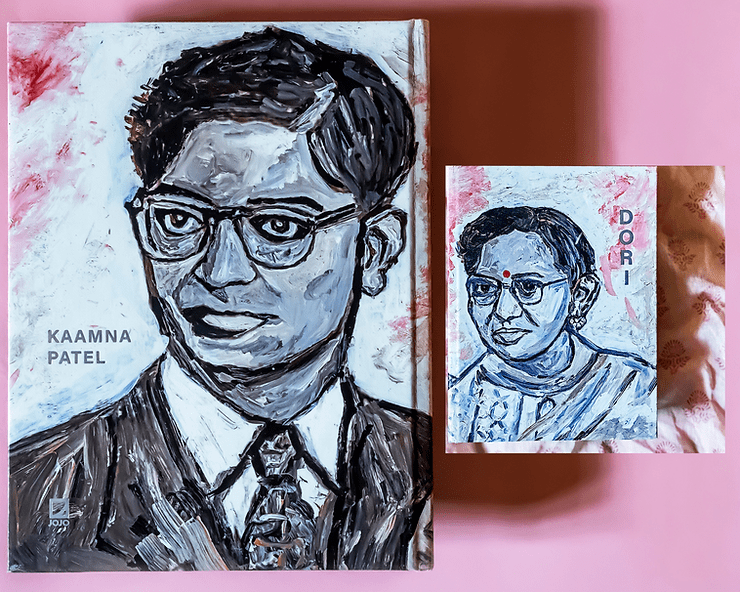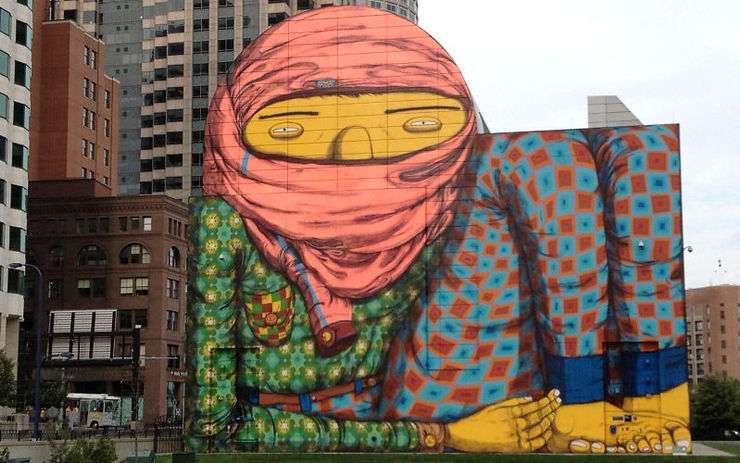In the year 2020, the world of art would have seemed to be at a standstill amidst a global pandemic. There were physical, often psychological restrictions for individuals to keep away from the illness and their visits to spaces of artistic practice. However, on the other end was a community of the arts thriving on creative spirit and technology.
It did, of course, find its way of keeping up with the arts, and so will you.
To have discovered a screen in our closets was no surprise, but to be introduced to a portal of virtual possibilities certainly resurrected our hope of appreciating art after months of morbid observation.
It is simple from then on – four questions would take you to four diverse experiences of art, the last of which would ask you if you had any special requests in this journey. Maybe you would have only one: that of a room with a virtual view and surprises.
Stop 1: Vadehra Art Gallery
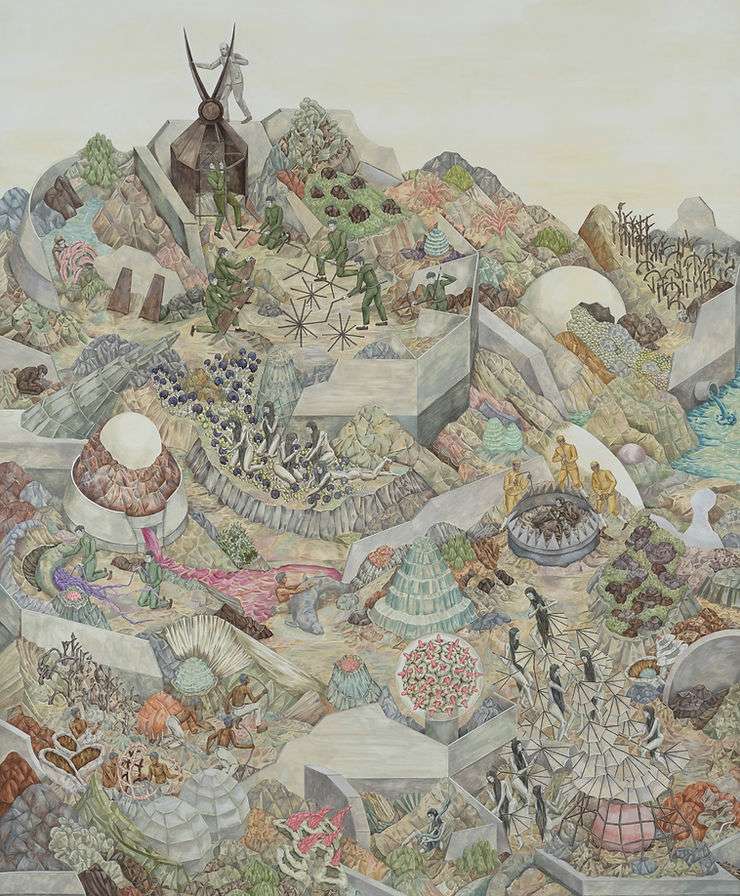
When asked about the gallery’s digital exchanges with the audience, she commented, “Overall, it is apparent that people are more than happy to engage on the virtual platform. We have also been able to connect with a range of new audiences during this time because of the gallery’s many digital initiatives. Be it through the website, social media, e-newsletters, the response has been extremely positive.”
You would then be led to one of the gallery’s current online exhibitions, “Fire in the Greenhouse and Other Stories” by artist Shrimanti Saha, which envisaged the gallery’s new initiative, VAG FRESH, to support emerging artists and their talent.
Not only was Saha’s practice fascinating, but you would also notice how being a virtual spectator did not restrict the visual intricacies of the narratives in each of her exhibited works. The visual folklore, divided by elements and united by hues, would certainly invite your perspectives to their landscape and re-imagine how these narratives could participate in several contexts.
While Vadehra Art Gallery was now in the archive of a pandemic lifetime, our next stop would be one contemplating the uncertainties it conveyed.
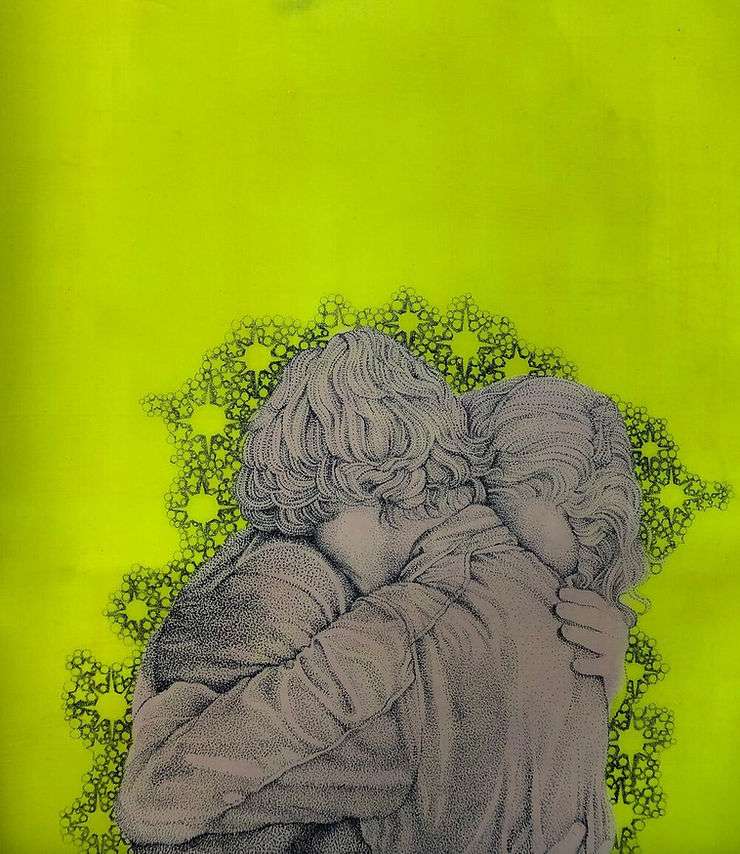
Stop 2: Nature Morte
Nature Morte’s virtual viewing room was the residence of exhibitions that were best consumed in solitude. Continuing the perceptions of the future through elements and the possibilities of a post-pandemic lifestyle, it brought in specific reflections of imagination and visual memory.
When discussing the challenges of this newfound virtual environment, director Peter Nagy said, “The challenge is how to make each viewing room seem fresh, so that people take notice. That is why we have, for the most part, chosen to feature new works that have not been seen before. We will certainly continue with these virtual models after we resume mounting shows of real works in the actual gallery space. For now, it looks like we will start that again in November.”
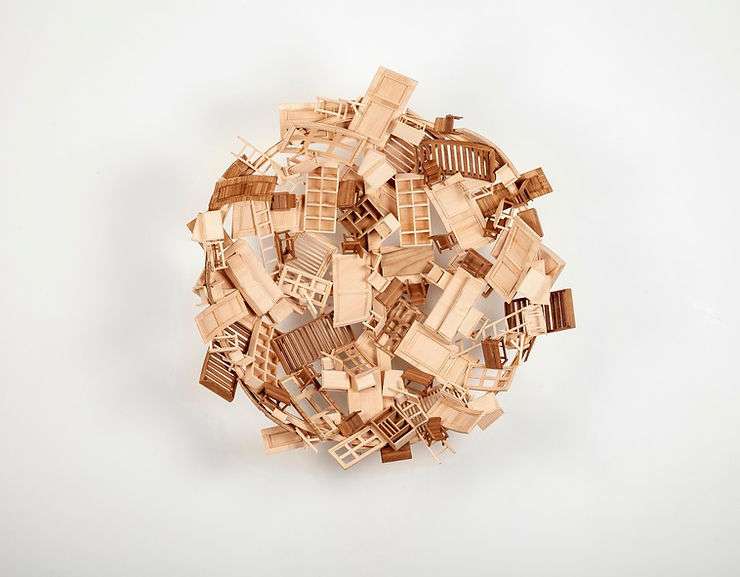
The smoothing transitions on your screen would be nothing short of a seamless experience that arranged works of art in a fluid structure. What you would witness in this room was how individual works were stitched into a common trail of thought that catered to the naked eye.
Artist Jitish Kallat’s Circadian Studies would also be a part of this viewing room, and it gave way to the bare anatomy of his subjects from natural surroundings. The discovery of his quest to find geometry in subjects that had existed within centuries of natural upbringing merged nature and nurture to settle a visual debate in the moment.
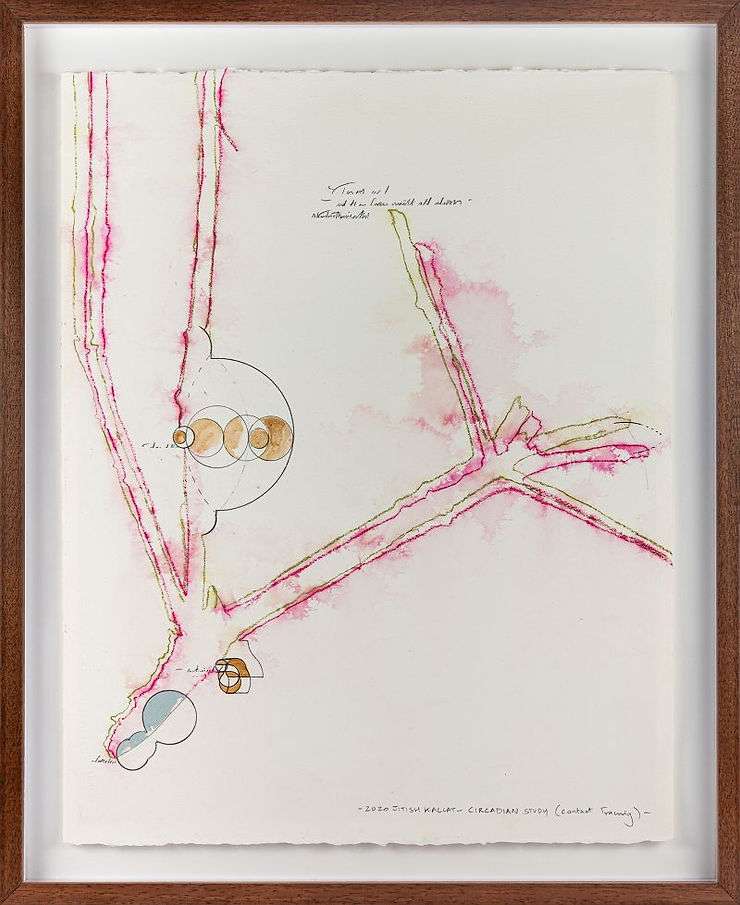
The distinction of mediums in each of the exhibitions, from photographs to ink, were celebrated by the room, and a common space only expanded the audience that could be a part of it.
Prepare to take a few steps back on the timeline of anecdotes that the room was built of – stories of someone’s childhood dream or a lived reality that remained unforgotten.
Stop 3: Shrine Empire
For the first time, you could be in several spaces at the same time – one of which was Shrine Empire, the viewing room of which engaged in multidisciplinary themes to the appreciation of artists and the conscience that they had to offer.
On the challenges that come with the platform, Anahita Taneja, the Director of Shrine Empire said, “Virtual viewing in many ways emerged as an ideal solution to the current times when physical spaces are not accessible. It has been a learning curve for most of us to create the experience of an exhibition for an interface such as the flat screens of phones and computers but art institutions across the world have adapted quickly. It’s however a compromise as most artworks do demand physical encounters and meditative viewing situations. But artists have been continuing to work during the pandemic, and are maintaining conversations relevant to these troubled times in their work and it has been important to show these in a timely manner.”
During your visit, you would also get a chance to observe Prameya Art Foundation’s “Seeds Are Being Sown”, the origin of sowing commemoration to tumultuous times and the stories that inspired twelve artists to recollect a world that was. Their perception of a world of violent ideological storms that were only conquered by a voice of togetherness, was combined by curator Shaunak Mahbubani.
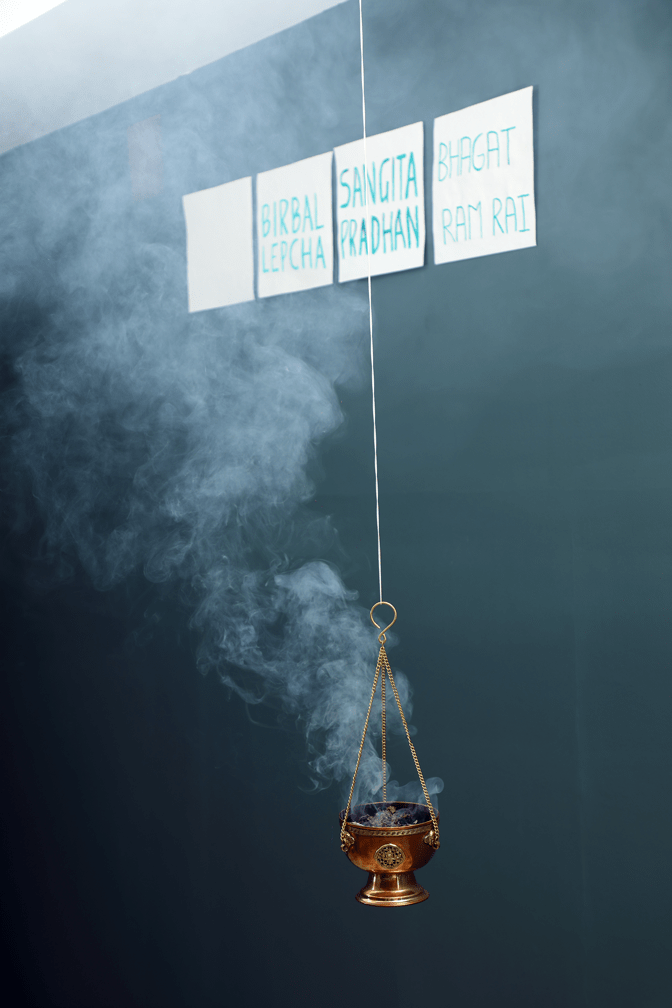
Within the complexities of the world, the artists seeked a home between polarities, differences and conflicts that breathed strongly with time. Imprints of a history separated from their identity continue to haunt or ecstatically pursue their memories, and eventually, yours too.
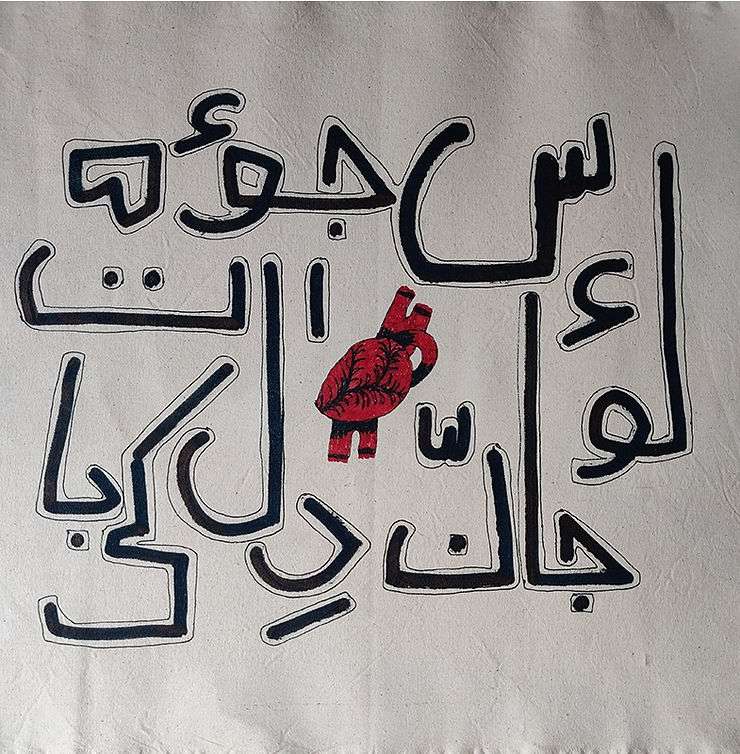
The balance between the subjects and objects would be enough to initiate concrete interpretations amidst shades that fit the symmetry of their thoughts. With the absent presence of the artists, the revival of an art exhibition in their viewing room had certainly accompanied attempts of compensation for the living and walking discourses that could have been.
Seeds of their identity were sown in the same soil as yours – and it doesn’t take long to catch up to a shared history, present and future. While you would separate yourself from an alternate dimension of a shared space, intricacies of dialectical and psychological threads would leave with you for the next stop.
The tour could not be complete without a space brimming with a taste of a specific riddle waiting to get on the stage and whisk its audience with a newfound essence.
Stop 4: TARQ
The final view from the room would be an open call to judging information that could be just, and yet, treacherous to the eye. An occupant of TARQ’s viewing room was artist Apnavi Makanji’s “Appropriation Disinformation – Nature and the Body Politic”. It turned to a different stretch of a map to elaborate on the collision and spirit of nature and the body politic. With maps from Atlas International Larousse Politique et Economique (1950), Makanji’s collection of treasures was also a glimpse into how this stop could be anywhere on the map and you could visit it just the same.
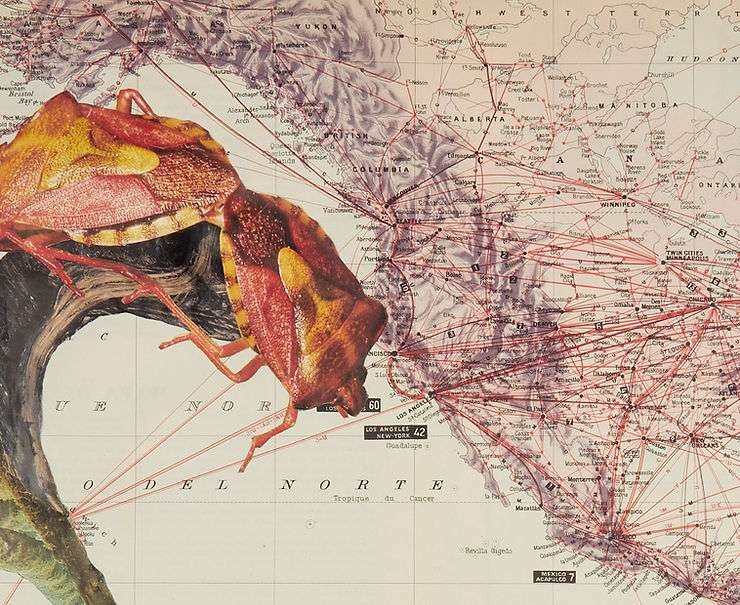
With a sketched compass and a dedication to represent nature within a scape of cartography, the room took both the artist and the curator on a common platform and expressed the process with significant detail. Not only did the spectators get a chance to find new ways of seeing, but also built close treasures by navigating their origin within a pronounced collage.
TARQ’s viewing room structured the exhibition in the form of a novel which does not reveal a gist of the narrative before the audience discovers their own understanding of the artist and the sentiment behind crossing the science of imperial borders that surround the world.
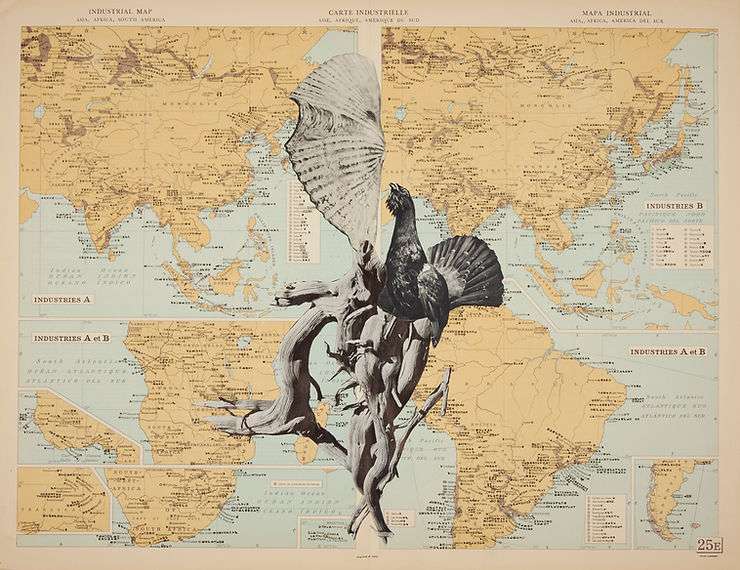
For those who read this in the future, you must know that the arts know no boundary, and in trying times like these, they might be the hope to our despair and a mindful reflection of the reality that wears a new persona every day.
In closing of today’s account, let us remember how an experience in these four virtual viewing experiences have contributed to our engagement with the arts. Discovering these stages to both emerging and establishing talents may not make one a connoisseur of the arts, but it does show that a new order is here to stay and reach the world.
Meanwhile, let the Digital Art Guide take you to the best of virtual experiences in the arts!
